When a yeast infection hits, you don’t want to waste time guessing what works. Mycelex-G, which contains clotrimazole, has been a go-to for years - but it’s not the only option. And not everyone responds the same way. If you’ve tried Mycelex-G and it didn’t clear things up, or if you’re just curious what else is out there, you’re not alone. Millions of people deal with vaginal yeast infections every year, and the choices have grown. Let’s break down how clotrimazole stacks up against other treatments - what works better, what’s cheaper, and what might suit your body best.
What Is Mycelex-G, Really?
Mycelex-G is a brand name for clotrimazole, a topical antifungal that’s been used since the 1970s. It comes in the form of a vaginal cream or suppository, usually applied once a day for 7 days. The active ingredient, clotrimazole, works by breaking down the cell membrane of Candida yeast - the main culprit behind most vaginal infections. It’s not absorbed much into your bloodstream, so side effects are usually mild: itching, burning, or irritation at the application site. It’s available over the counter in most pharmacies, no prescription needed.
But here’s the thing: about 1 in 5 people who use clotrimazole still have symptoms after 7 days. That’s not failure - it’s biology. Some strains of yeast are less sensitive to clotrimazole, especially if you’ve used it before. Or maybe your infection isn’t even yeast - bacterial vaginosis or irritation from soap can mimic the same symptoms.
Clotrimazole vs. Miconazole: The Classic Rival
Miconazole (sold as Monistat) is the most common alternative to Mycelex-G. Both are azole antifungals, both are available OTC, and both come in 1-day, 3-day, and 7-day versions. So what’s the difference?
Studies show miconazole and clotrimazole are about equally effective overall - around 80-85% success rate in clearing infections. But there’s a twist: miconazole tends to work faster in the first 24-48 hours. If you’re in severe discomfort, you might feel relief sooner with Monistat. On the flip side, clotrimazole may have a slightly lower chance of causing local irritation. One 2023 review in the Journal of Women’s Health found that 12% of users reported burning with clotrimazole versus 18% with miconazole.
Price-wise, they’re nearly identical. Generic clotrimazole creams often cost $12-$18, and generic miconazole runs $10-$16. The real difference? Form. Miconazole comes in more formats - including a 1-day ovule that some find easier to insert. Clotrimazole’s cream is thicker, which some like for coating, others hate for the mess.
Fluconazole: The Oral Option
If you hate inserting anything vaginally, fluconazole (Diflucan) is your best bet. It’s a single 150mg pill taken by mouth. Works in 24-48 hours. No mess. No cream. No suppositories.
But here’s the catch: fluconazole isn’t always available without a prescription. In Northern Ireland and the UK, you can get it over the counter in some pharmacies if a pharmacist assesses your symptoms. In the U.S., you need a prescription - though many online clinics offer quick telehealth visits for $25-$50.
Fluconazole is more effective for recurrent infections. If you’ve had 3 or more yeast infections in a year, your doctor will often switch you to fluconazole for maintenance. It’s also better if your partner has symptoms - yeast can be passed back and forth, and oral treatment helps break the cycle.
Downsides? Possible nausea, headache, or dizziness. Rarely, it can affect liver enzymes. If you’re on birth control or other meds, check with a pharmacist. Fluconazole can interact with blood thinners, some antidepressants, and even certain heart medications.
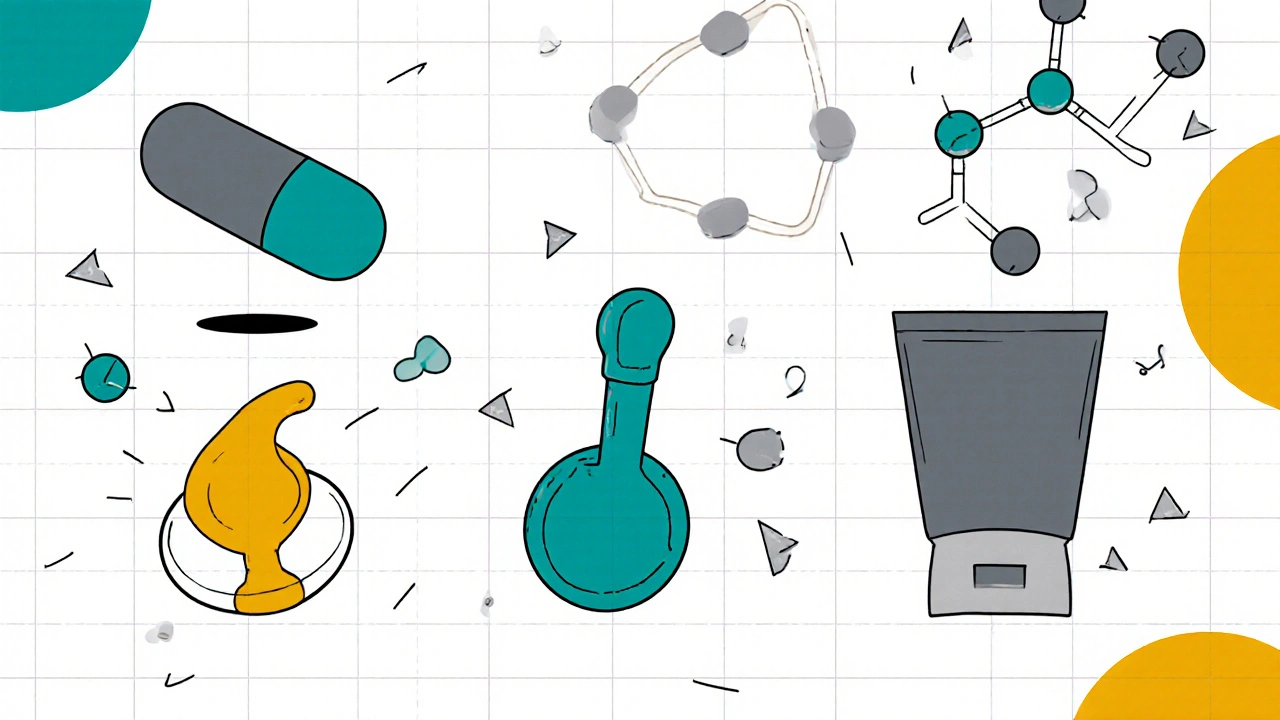
Boric Acid Suppositories: The Niche Choice
If you’ve tried clotrimazole, miconazole, and fluconazole - and nothing worked - boric acid might be the answer. It’s not FDA-approved for yeast infections in the U.S., but it’s widely used by gynecologists as a second-line treatment. In the UK, it’s available as a compounding pharmacy product.
Boric acid suppositories (600mg) are inserted vaginally once a day for 14 days. They work differently than azoles - they disrupt yeast cell walls and lower vaginal pH, making it harder for yeast to grow. Studies show they clear up resistant infections in up to 70% of cases where azoles failed.
But this isn’t for beginners. Boric acid can cause burning, especially if you have open sores or irritation. Never use it if you’re pregnant - it can be toxic to a developing fetus. Also, never swallow it. It’s for vaginal use only.
Most people turn to boric acid after multiple treatment failures. It’s not cheap - around $25-$35 for a 14-day course - and you usually need to order it online or through a specialty pharmacy.
Probiotics: Do They Help?
You’ve probably seen probiotic supplements marketed as yeast infection cures. The idea is simple: restore good bacteria to crowd out the bad. Lactobacillus strains like L. rhamnosus and L. reuteri are the most studied.
Here’s the truth: probiotics don’t cure active infections. But they can help prevent them. A 2022 meta-analysis in Frontiers in Microbiology found that women who took probiotics daily after an infection were 50% less likely to have another one within 6 months.
For best results, take a vaginal probiotic suppository (like Gynoflor or FemDophilus) during or right after your antifungal treatment. Oral probiotics help too - look for at least 10 billion CFUs with multiple strains. They’re not a replacement for clotrimazole, but they’re a smart add-on if you get infections often.
What About Natural Remedies?
Tea tree oil, coconut oil, garlic - these pop up everywhere online. But here’s what science says: no reliable evidence that any of them cure yeast infections.
Tea tree oil is toxic if used undiluted vaginally. Coconut oil has mild antifungal properties, but studies show it’s 3-5 times less effective than clotrimazole. Garlic? Maybe helpful if eaten, but inserting it vaginally can cause burns and irritation.
Don’t waste money or risk your health on unproven fixes. Stick with what’s tested and approved. If you want to go natural, focus on diet (less sugar), loose cotton underwear, and avoiding scented soaps. Those matter more than any herbal remedy.
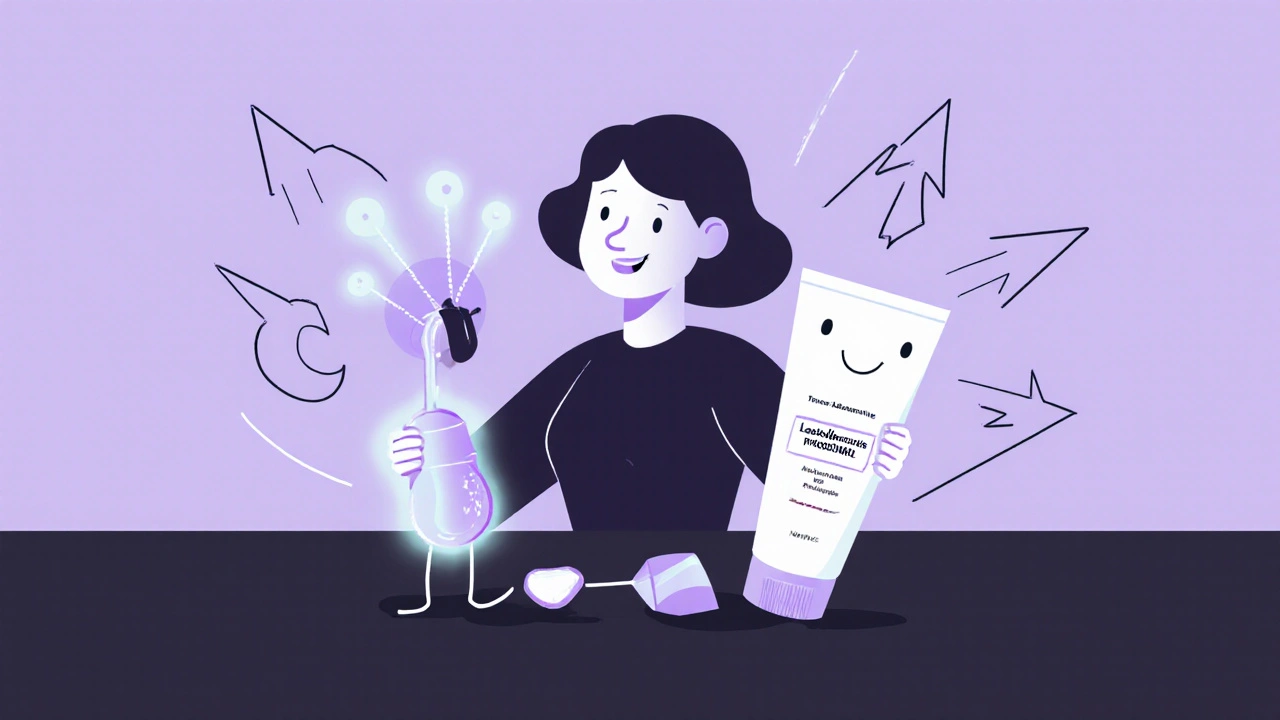
Which One Should You Choose?
Let’s cut through the noise. Here’s a quick guide:
- First-time infection, mild symptoms? Go with clotrimazole (Mycelex-G) or miconazole. Both work. Pick the one with the format you prefer.
- Want fast relief, hate inserting stuff? Try fluconazole if you can get it without a prescription.
- Infection came back after treatment? See a doctor. You might need fluconazole or boric acid.
- Get infections often (3+ a year)? Ask about long-term fluconazole or vaginal probiotics.
- Have diabetes, are pregnant, or have a weakened immune system? Don’t self-treat. See a clinician.
Also, pay attention to your symptoms. If you have foul-smelling discharge, grayish color, or pain when peeing - it’s probably not yeast. That’s bacterial vaginosis. Clotrimazole won’t fix it. You’ll need antibiotics like metronidazole.
When to See a Doctor
You don’t need to run to the clinic for every itch. But here’s when you should:
- Symptoms don’t improve after 7 days of treatment
- You have more than 4 infections in a year
- You’re pregnant
- You have fever, chills, or pelvic pain
- You’re under 12 or over 60
- You’re unsure if it’s yeast at all
Doctors can do a simple swab test to confirm the infection type. No guesswork. No wasted money on the wrong treatment.
Final Thoughts
Mycelex-G (clotrimazole) is a solid, reliable option. But it’s not the only one - and it’s not always the best. The right treatment depends on your history, your symptoms, and your comfort level. If one treatment fails, don’t keep trying the same thing. Switch. Try oral. Try boric acid. Try probiotics. Your body might just need a different approach.
And remember: yeast infections are common, not shameful. But they’re also not always what they seem. If you’re unsure, get it checked. You owe yourself that much.
Is Mycelex-G better than Monistat for yeast infections?
Both Mycelex-G (clotrimazole) and Monistat (miconazole) are equally effective at clearing yeast infections, with success rates around 80-85%. Miconazole may relieve symptoms faster in the first couple of days, while clotrimazole tends to cause slightly less irritation. The best choice comes down to personal preference - one might feel easier to insert or cause less mess. Neither is universally better.
Can I use fluconazole instead of Mycelex-G?
Yes, fluconazole is a strong alternative. It’s a single oral pill that works faster than topical treatments and is especially helpful if you’ve had recurrent infections or if your partner is also affected. In some countries, including the UK, you can get it over the counter after a pharmacist consultation. In others, you’ll need a prescription. It’s also more effective for stubborn or resistant strains of yeast.
What should I do if Mycelex-G doesn’t work?
If symptoms don’t improve after 7 days, it’s not necessarily a failed treatment - it might not be a yeast infection at all. Bacterial vaginosis or irritation can look similar. See a doctor for a swab test. If it is yeast, you may need fluconazole or boric acid suppositories, especially if you’ve had multiple infections before. Don’t keep reapplying the same cream.
Are probiotics a good replacement for antifungals?
No, probiotics don’t cure active yeast infections. They help prevent future ones by restoring healthy vaginal bacteria. Use them alongside antifungal treatment, not instead of it. Look for products with Lactobacillus rhamnosus or L. reuteri strains, taken orally or as vaginal suppositories. They reduce recurrence by about half over 6 months.
Can I use boric acid instead of clotrimazole?
Boric acid is not a first-line treatment - it’s for resistant infections that haven’t responded to clotrimazole, miconazole, or fluconazole. It’s effective in about 70% of those cases but should only be used under guidance. Never use it during pregnancy. It can cause burning and is toxic if ingested. Use only as directed by a healthcare provider.


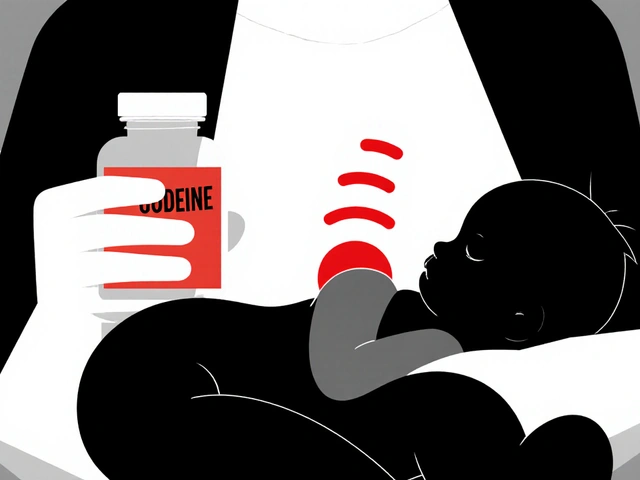

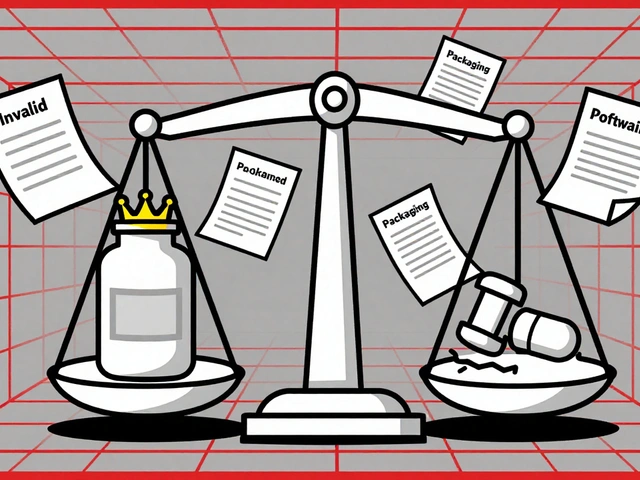
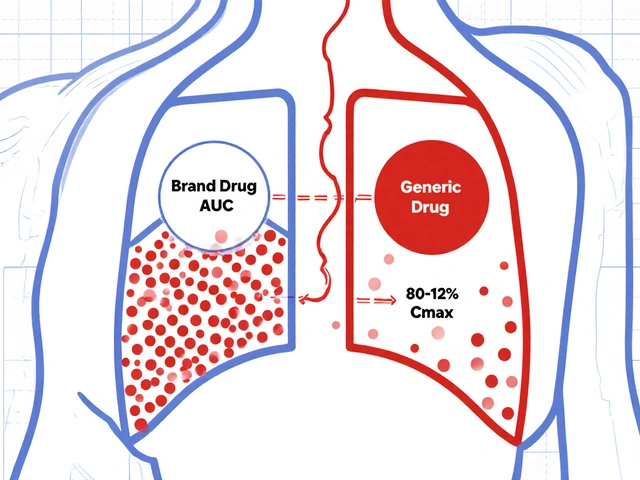
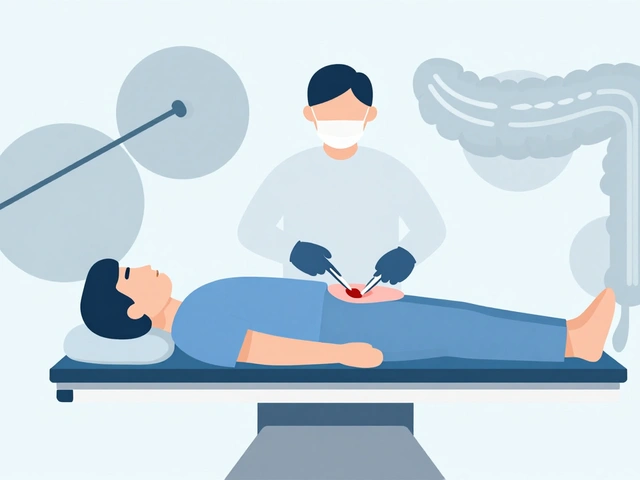
Jenni Waugh
October 31, 2025 AT 17:06Let me guess - you bought Mycelex-G because it was on sale and now you’re mad it didn’t work like magic? Newsflash: yeast doesn’t care about your budget or your brand loyalty. If you’re still itchy after 7 days, you’re not broken - your diagnosis might be. Go get a swab. Stop treating symptoms like they’re a personal insult.
Theresa Ordonda
November 1, 2025 AT 11:07Y’all are still using cream? 😅 I took fluconazole like a boss - one pill, zero mess, zero shame. My gyno said I’m the 3rd person this week who came in after wasting $20 on Monistat. 🤦♀️ Also, if you’re using tea tree oil? Please stop. You’re not a witch, you’re a human with a vagina. 🙏
Judy Schumacher
November 2, 2025 AT 08:45It is both statistically and physiologically indefensible to suggest that clotrimazole and miconazole are functionally equivalent in clinical outcomes. The 2023 Journal of Women’s Health meta-analysis, while methodologically sound, fails to account for inter-individual pharmacokinetic variance in vaginal mucosal absorption, particularly among patients with elevated pH levels or concomitant antibiotic use. Furthermore, the assertion that boric acid is "not FDA-approved" is misleading - it is approved as a vaginal antiseptic under 21 CFR 331.10, but its use as an antifungal is off-label, which does not equate to inefficacy. One must also consider the microbiome modulation effects of probiotics, which are not merely prophylactic but may induce epigenetic downregulation of Candida adhesion genes. In conclusion: your personal anecdote is not data, and your pharmacy’s generic aisle is not a clinical trial.
Megan Raines
November 2, 2025 AT 21:41So… you’re telling me I could’ve just taken a pill instead of wrestling with a suppository at 2am while crying into a towel? And nobody told me? 😑
Mamadou Seck
November 4, 2025 AT 10:09Fluconazole is the real MVP if you can get it. I did the 1 day thing with Monistat and it felt like a science experiment gone wrong. Then I got fluconazole from my cousin’s doctor and boom - done. No mess no fuss. Also boric acid? Sounds like something you’d clean your toilet with. Why would you put that in there??
Anthony Griek
November 5, 2025 AT 12:34I appreciate how thorough this breakdown is. I’ve had recurrent infections for years and it’s been a nightmare trying to figure out what’s actually working. I switched to fluconazole after three failed rounds of clotrimazole - and honestly? Life-changing. The only thing I’d add is that probiotics aren’t just for prevention - I started taking them during treatment and noticed way less irritation afterward. Not a cure, but definitely a helper. Also, if you’re pregnant? Don’t guess. See someone. Seriously.
Norman Rexford
November 5, 2025 AT 19:03USA all day baby 🇺🇸 if you’re in the UK and you can get fluconazole over the counter that’s just socialist medicine right there lol. We got real medicine here - you don’t just hand out pills like candy. And boric acid? That’s some ancient witchcraft nonsense. Stick to what works - Mycelex-G or bust. Also probiotics? Nah. My grandma didn’t take probiotics and she had 5 kids and never had a yeast infection. Just sayin’.
Shana Labed
November 6, 2025 AT 07:17Okay but let’s talk about the PROBIOTICS. I’m not joking - I’ve been taking FemDophilus daily since my last infection and I haven’t had one in 14 months. Like… I used to get them every other month. Now I’m just vibing. And yes I know they don’t cure active infections - but pairing them with fluconazole? Game. Changer. Also stop using scented wipes. They’re the devil. Cotton underwear = your new religion. And if you’re using coconut oil? You’re not natural - you’re just confused. 😅
California Daughter
November 7, 2025 AT 06:19Wait… so… you’re saying that boric acid isn’t FDA-approved… but it’s used by gynecologists… and it works… so… is it illegal? Or just… frowned upon? And if it’s not approved… why do pharmacies sell it? And why does the internet say it’s "magic" if it’s not officially magic? I’m confused now. Also - why is everyone so mad at tea tree oil? I read a blog that said it’s "nature’s antifungal"… so… why are you mad at nature? 🤔